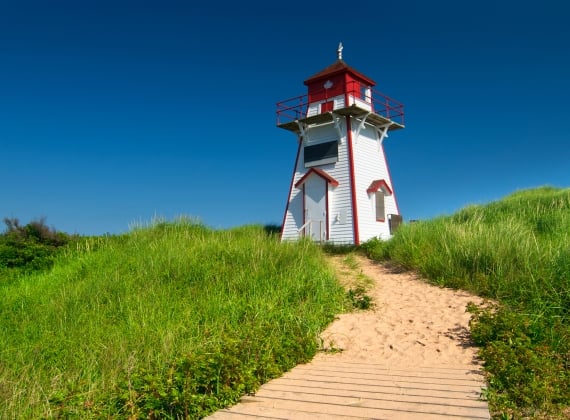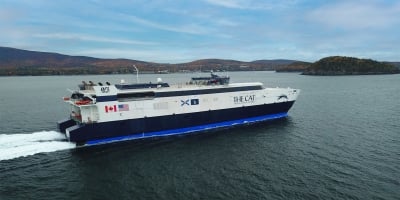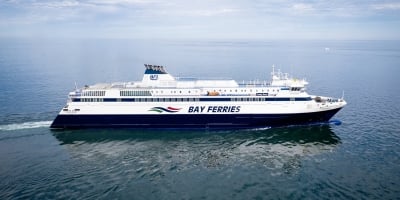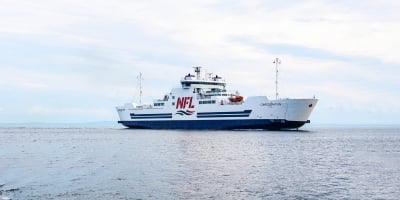Your Escape Awaits
Whether you crave the thrill of the open sea or the allure of land-based adventures, our destinations offer something for every traveller. Explore Nova Scotia's endless coastline, the quaint charm of New Brunswick's towns, Prince Edward Island's red sandstone cliffs, or Maine's rolling hills and scenic waterways. From captivating sunsets to vibrant nightlife and exquisite dining, your unforgettable escape begins here.

Nova Scotia
They call Nova Scotia Canada’s ocean playground. And with more than 7,600 kilometres (4,750 miles) of staggeringly beautiful coastline, who are we to disagree? Rugged and rocky shores one minute, soft and sandy the next. But if it’s a vibrant city life and rich culture you’re after, we’ve got that, too. Nova Scotia has it all.

New Brunswick
With New Brunswick's diverse landscape, choosing a favourite spot might be tough. Will it be the lush forests, wild parks and rivers? Or perhaps the 90+ stunning beaches along our coast, ideal for witnessing the world's highest tides. In the place that practically defined “off the beaten path,” don’t be afraid to let go and see where the road takes you.

Prince Edward Island
Fall into PEI’s easy, relaxed pace and find out why this gentle island is famous for so many things: world-class golf, a renowned culinary scene, and of course, literary heroine Anne of Green Gables. And while PEI is known for its laid-back attitude, look a little closer and you’ll find a small but fiery island packed with adventure and excitement.

Maine
With beautiful rolling hills, picturesque waterways, and seaside villages dotting the rocky coastline waiting for you to discover their charms, Maine truly is Vacationland. Let the salty sea air invigorate you on a stunning coastal drive, marvel at the mysterious Desert of Maine, and take a selfie outside some of the 57 active lighthouses in the state.


